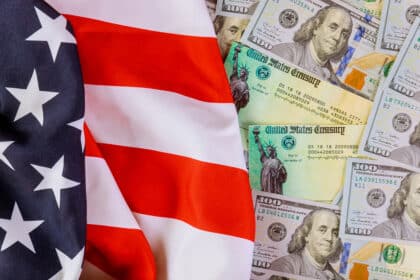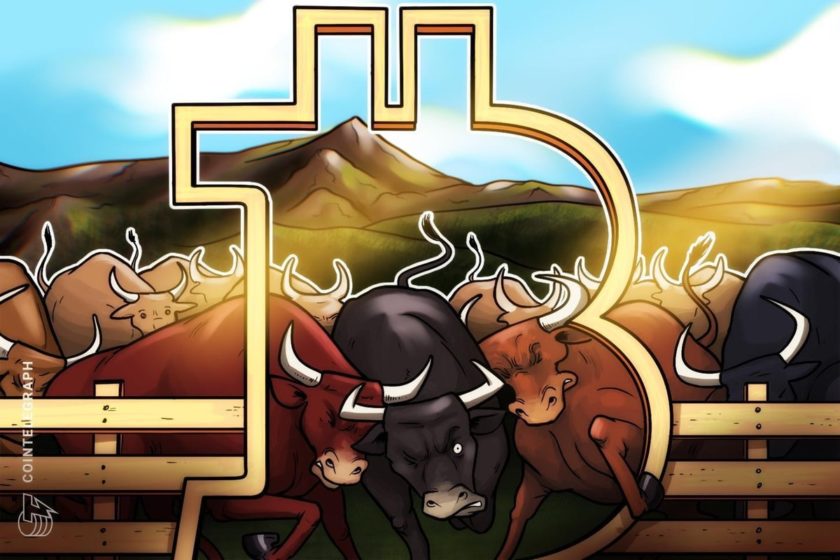The 2-year and 10-year Treasury yields rose following the recent 25-basis-points hike. The 2-year yield hit a high not seen since 2006.
On Thursday, the 2-year Treasury yield rose to levels not seen in almost seventeen years as investors pondered further Fed rate hikes. The 10-year Treasury yield also surged today amid expectations for fresh economic data.
2-Year Treasury Yield Rises as High as 4.937%
Although the yield on the 2-year Treasury last traded at 4.9017% following a marginal basis-point increase, it earlier rose by 4.937%. According to reports, the last time the 2-year Treasury rose that high was mid-2006. Meanwhile, the 10-year Treasury increased by more than 3 basis points to 4.028%, trading above the 4% mark for the first time since early November.
It is worth pointing out that yields and prices share an inverted relationship as one basis point equals 0.01%.
Fiscal Public Servants Weigh in on Fed Rate Hike Policy
On Wednesday, Atlanta Federal Reserve Bank President Raphael Bostic published a statement suggesting a further increase in interest rates. According to Bostic, rates still need to go higher for a sustained period into 2024 in order to stem inflation. The Atlanta Fed president explained that despite suggested receding price pressure, it would be imprudent to reverse rate hikes now. Citing a “disastrous” example from the ’70s, Bostic noted, “[if] we ease up on inflation before it is thoroughly subdued, it can flare anew.” He also added, “we don’t want a repeat, so we must defeat inflation now.”
Bostic suggested that any economic hardship from sustained steep rate hikes could be worth its weight to achieve price stability. As the Atlanta Federal Reserve Bank President put it:
“[Increasing interest rates] without inflicting severe economic pain is a delicate balance. But striking that balance is our job, as the Fed’s dual mandate is to pursue price stability and sustainable full employment. In the long run, the latter is not achievable without the former.”
Bostic concluded by saying:
“I think we will need to raise the federal funds rate to between 5% and 5.25% and leave it there until well into 2024.”
The economist academic posed several fiscal parameters that could trigger a reversal in monetary policy. These include a narrower gap between labor and supply, ongoing recovery in aggregate supply, and stable inflation expectations.
Minneapolis Fed President Neel Kashkari also expressed openness to further interest rate hikes, “whether it’s 25 or 50 basis points.” Although he was yet to decide on the basis point increase, Kashkari foresees an accelerated pace in Fed hikes.
Tapering Rate Hikes & Pronounced Recession Fears
At its latest meeting, the US Federal Reserve hiked interest rates by 25 basis points. However, this increment was a salient slowdown to the Fed’s five previous hikes, including four consecutive 75 basis point hikes. The lone outlier to this hike pattern was the 50 basis point hike that followed the 0.75% hike quartet.
Nonetheless, investors remain concerned that the Fed’s aggressive fiscal policy could drag the economy into a recession. Market observers and analysts also worry that the quest to rein in inflation might contract buying and spending activities.
Tolu is a cryptocurrency and blockchain enthusiast based in Lagos. He likes to demystify crypto stories to the bare basics so that anyone anywhere can understand without too much background knowledge.
When he’s not neck-deep in crypto stories, Tolu enjoys music, loves to sing and is an avid movie lover.
Subscribe to our telegram channel.
Join



